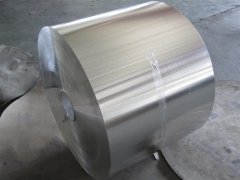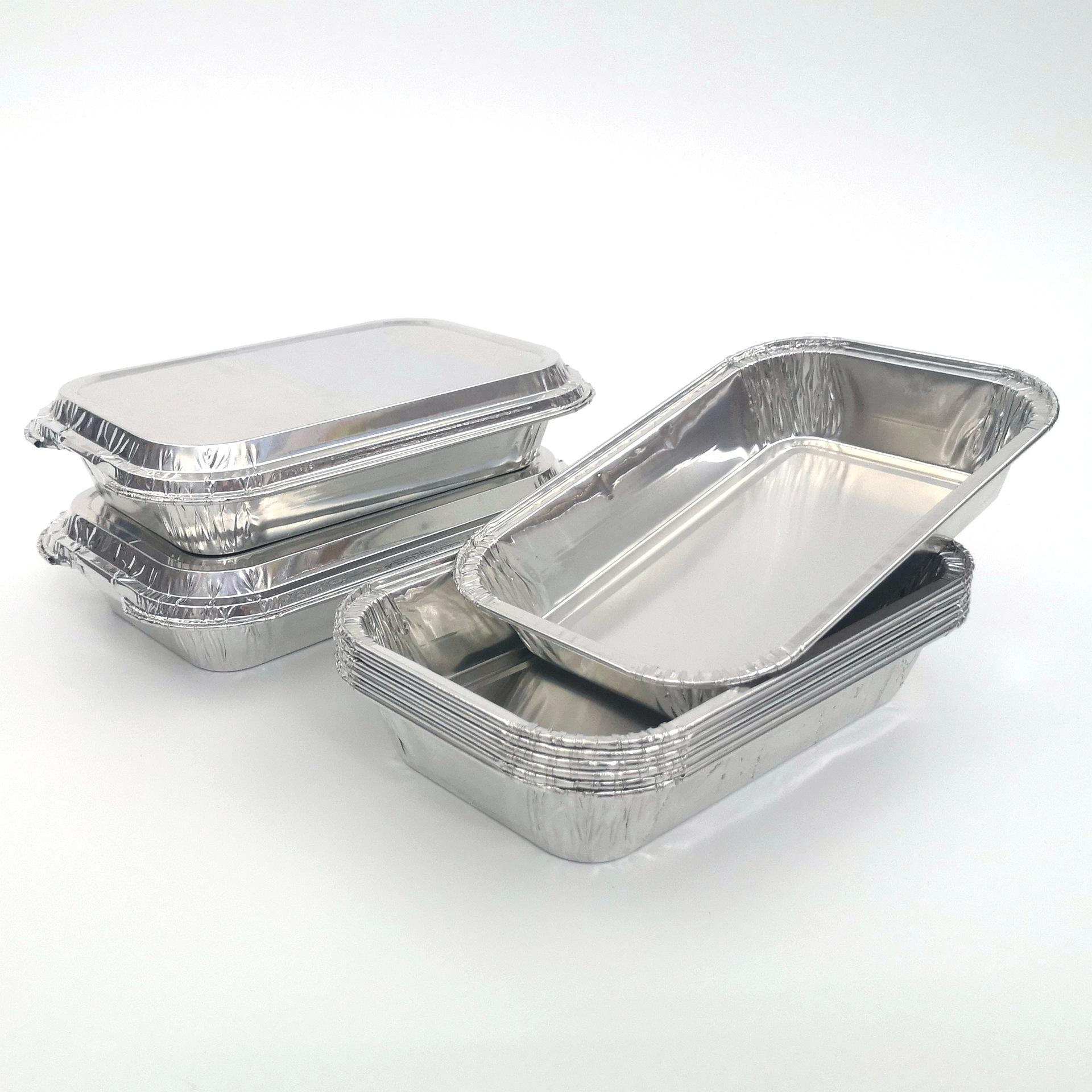The Main Source of Scrap Aluminum
In recent decades, the amount of recovered aluminum waste miscellaneous materials rapid growth of secondary aluminum raw material resources throughout the aluminum industry in the proportion is growing. From 1950 until today, recycled aluminum production has increased, the developed countries the possession of primary aluminum with recycled aluminum ratio is close to or exceed 1: 1. Some developed countries like the United States of recycled aluminum in an average annual rate of 6.2%, far higher than the 0.1% growth of primary aluminum.
The United States is the largest aluminum recycling number of countries. For two decades, the proportion of recycled aluminum in its total production of aluminum by 1978 rose to 22.65 percent in 1997 over 50%. Moreover, the growth rate of recycled aluminum also increased year by year. 1978-1987 recycled aluminum / output ratio increased by 11.6 percentage points, while the 1988-1997 decade or so, the increase of 16 percentage points. This illustrates the use of renewable resources, the development of aluminum more and more attention.
Chinese aluminum industry is in a stage of rapid development, China is currently 32% scrap recovery, but soon will rapidly increase to 70%. Government, enterprises and the public are greatly enhanced understanding of the importance of aluminum recycling industry. China in 2001 totaled 918 recycling scrap, 000.1998 year 536 000.2001 China's primary aluminum production was 3.43 million in 1998 to 2.42 million. Consumption over the same period were 3.65 million and 2.42 million, the huge potential of China's aluminum recycling.
Aluminum various uses will become waste from different sources. Use of aluminum and aluminum front presentation contains a source of scrap aluminum. Generally the largest source of scrap automobile traffic, aluminum beverage cans, scrap aluminum construction and electrical aluminum (scrap wire, conductive row, etc.). Some small scrap products for household appliances, sporting goods, the utilization level of groceries along with the development of renewable technologies is also rising.
Aluminum applications have in-depth industry and agriculture, all areas of life. And due to the performance of the different components of its very different, which is recycling, reuse brought great difficulties. In order to cost less exhausted recycled aluminum, to ensure the quality of recycled aluminum is used in various areas that need it again, recycling scrap classification will be extremely important. We must strictly distinguish between the qualities of scrap, including species, grade, nature of products. Mixed waste cleanup if not classified, screening and blind remelting, not only the product can only downgrade may even become unusable because garbage.
China is still no standard terms of scrap, but with the accelerated pace of China's industrialization, miscellaneous non-ferrous metal scrap recycling, trade and recycling industry faces socio-economic environment has undergone major changes, not only hybrid varieties of non-ferrous metal scrap constitute changed greatly, and a large number of foreign waste and a variety of miscellaneous non-ferrous scrap available into the country, to the production of non-ferrous metals provide a rich source of raw material, but also on the non-ferrous metal production and processing of proposed new Claim. Therefore, China is also stepping up scrap metal standards work. China Nonferrous Metals Industry Association Recycling Metal Branch lead organization "aluminum and aluminum alloy scrap scrap classification and technical conditions" has been included in the national technical standard revision plan. The new classification criteria with reference to the United States miscellaneous non-ferrous metal scrap classification criteria and classification of technical standards in Europe, combined with the actual situation of China's non-ferrous metal industry, be revised to make it more conducive to the implementation of business and management. Revision of standards expected to be completed by the end of 2002



